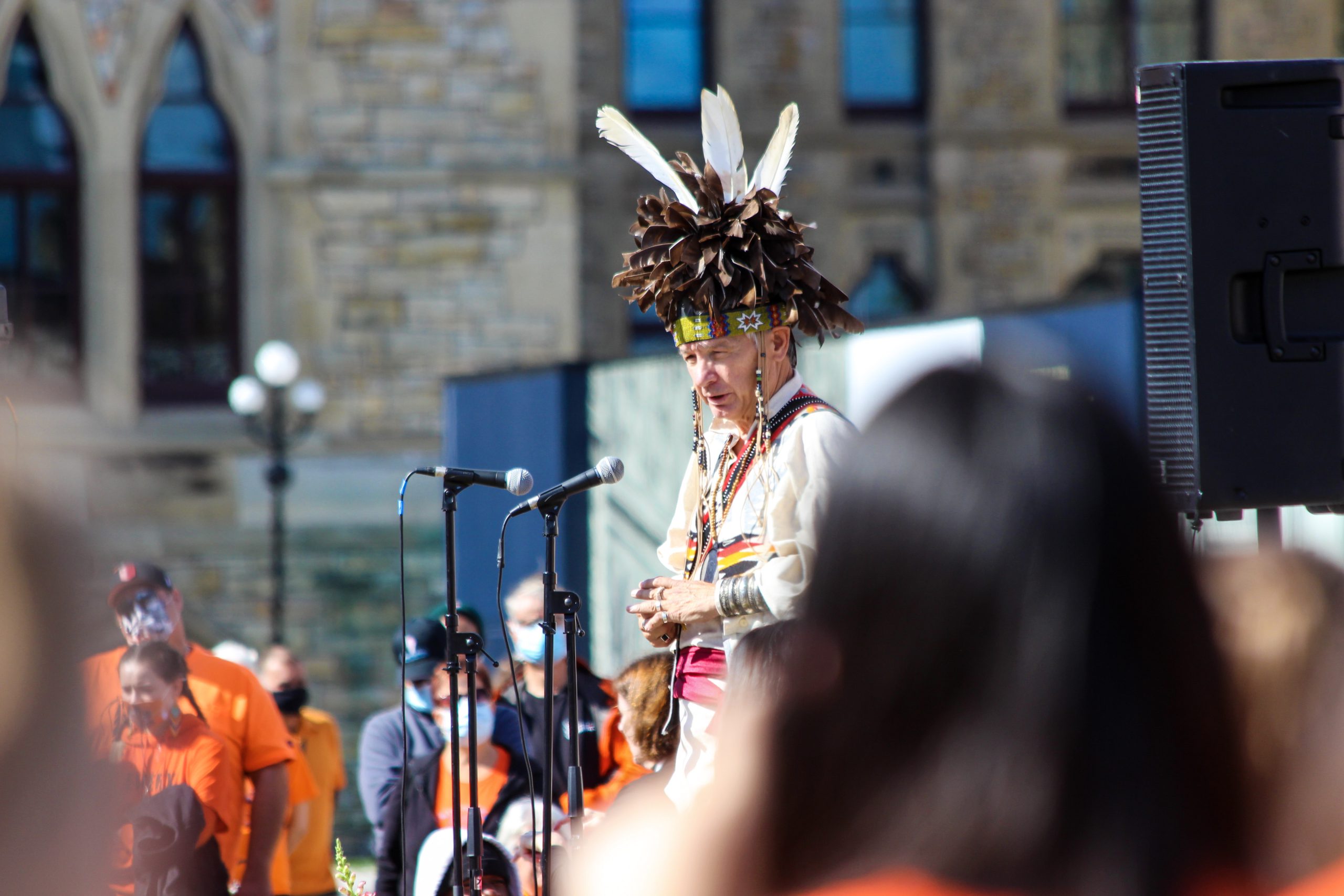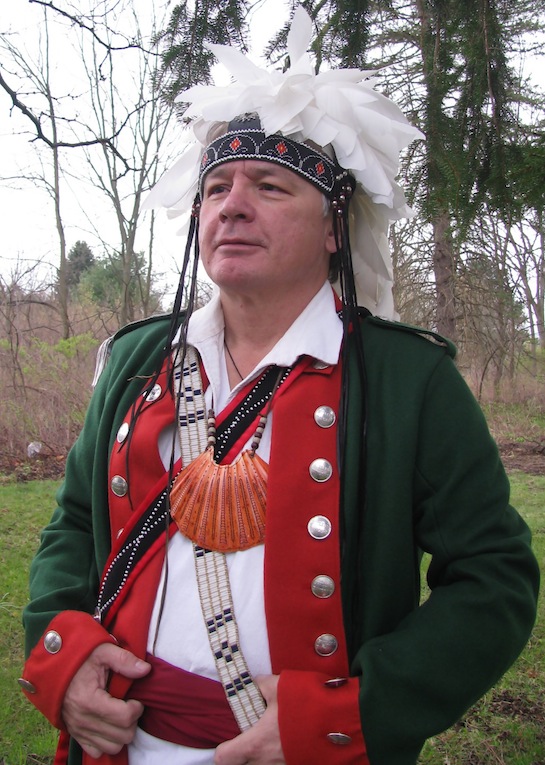Indianz.Com > News > Doug George-Kanentiio: Taking action for survivors of Native residential schools
Four Points of Action from Residential School Survivors
Friday, October 8, 2021
On September 30 I gave a speech as to how Canada might actually realize the evasive truth and reconcilation with regards to the residential school victims.
My words were spoken on Parliament Hill in Ottawa before a crowd of many thousands and a national audience, broadcast live across the country. It was part of the National Truth and Reconciliation Day, now set aside for reflection and to commemorate the thousands of Native children buried in unmarked graves at the former school sites from Nova Scotia to British Columbia.
I began with acknowledging one of the last victims of the school I attended, the notorious Mohawk Institute, the mush hole, in Brantford, Ontario, 100 km west of Toronto. That child was Joey Commanda, 13 years old when he was struck and killed by a commuter train on September 3, 1968 as he fled the Institute for his home on the Pikawanagan Algonquin Territory 450 km away.
Joey’s death led to the closure of the Mohawk Institute in 1971 but the last of those places of confinement was not shuttered until 1996 after 150,000 Native boys and girls had been forcibly removed from their homes in an attempt to eradicate their indigenous heritage and divorce them from their lands.


Doug George-Kanentiio, Akwesasne Mohawk, is a residential school survivor. He was given the number 4-8-2-738. He serves as the
vice-president of the Hiawatha Institute for Indigenous Knowledge. He previously served
as a Trustee for the National Museum of the American Indian, is a former land
claims negotiator for the Mohawk Nation and is the author of numerous books and
articles about the Mohawk people. He may be reached via e-mail at:
Kanentiio@aol.com or by calling 315-415-7288.
Search
Filed Under
Tags
More Headlines
Native America Calling: Is Native history patriotic enough for history class?
Native America Calling: Paying the price for 80 years of nuclear development
Native America Calling: The fight for Shinnecock Nation fishing rights
Source New Mexico: Funding for Navajo Nation water project in doubt
Colorado Newsline: Corporation for Public Broadcasting shutting down
Arizona Mirror: Former Navajo Nation president mounts another run for Congress
Cronkite News: Democrats look to take House from Republicans
DVIDS: Mescalero Apache Tribe welcomes military aid after flooding
NAFOA: 5 Things You Need to Know this Week (August 4, 2025)
Chuck Hoskin: Cherokee Nation writes new chapter in education
Native America Calling: Native educators grapple with burnout
Cronkite News: Farm offers horse therapy for adults and youth
Native America Calling: Indigenous economic opportunities and threats in the Arctic
Native America Calling: Bridging Indigenous cultures across the Arctic
Cronkite News: Speculation surrounds visit by Sen. Ruben Gallego (D-Arizona)
More Headlines
Native America Calling: Paying the price for 80 years of nuclear development
Native America Calling: The fight for Shinnecock Nation fishing rights
Source New Mexico: Funding for Navajo Nation water project in doubt
Colorado Newsline: Corporation for Public Broadcasting shutting down
Arizona Mirror: Former Navajo Nation president mounts another run for Congress
Cronkite News: Democrats look to take House from Republicans
DVIDS: Mescalero Apache Tribe welcomes military aid after flooding
NAFOA: 5 Things You Need to Know this Week (August 4, 2025)
Chuck Hoskin: Cherokee Nation writes new chapter in education
Native America Calling: Native educators grapple with burnout
Cronkite News: Farm offers horse therapy for adults and youth
Native America Calling: Indigenous economic opportunities and threats in the Arctic
Native America Calling: Bridging Indigenous cultures across the Arctic
Cronkite News: Speculation surrounds visit by Sen. Ruben Gallego (D-Arizona)
More Headlines